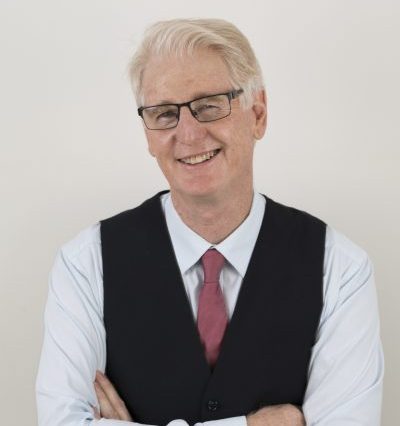I heard recently of a conference at which speakers were banned from using PowerPoint. The reason given was to give speakers an opportunity to show their skills at, well, speaking.
I got thinking about the difference between a speaker and a presenter. They are both legitimate roles and I have filled them both. I have given keynote addresses to large audiences both with and without PowerPoint, depending on what I was attempting to accomplish in terms of an outcome. Some outcomes were best achieved with a story, others were enhanced by images and text alongside the spoken word.
On occasions I use a flip chart or white board and produce the visual aids in real time as the journey is taken. Is this different from using a prepared slide presentation? Of course – it is more agile and interactive, yet infinitely less entertaining given my limited artistic skills. Unless, of course, participants find my primitive art amusing.
But enough about me; what about you? Does your job or some other interest occasionally or frequently involve making a presentation to colleagues? If so, let me offer several hints that I have learned from bitter experience.
- Never drink alcohol before your gig. Especially if you are nervous. No good ever comes of this and if things go well there will be a chance to celebrate later.
- If you are speaking after a meal, eat lightly, slowly and thoroughly.
- If you use visual aids, ensure they are relevant and simple to understand.
- Let the visual aids make you look good, not overpower you or your message.
- Be cautious using charts or tables if the audience is not accustomed to them.
- Three strong and related threads braided to arrive at the conclusion you have pre-determined are usually sufficient.
- Don’t open with an apology, unless it is part of the bigger story.
- Never apologise for poor quality visual aids – you prepared them
That is plenty to consider at first. Some other hints relate to trying to control your autonomic nervous system: breathe, relax, move, pause, think, make eye contact with someone and smile. Simple really.
